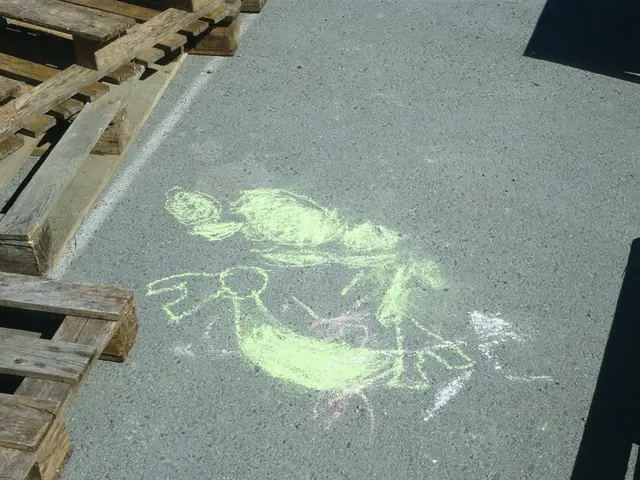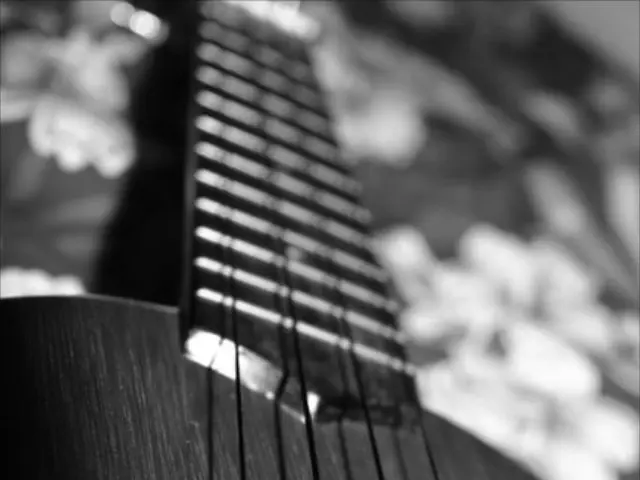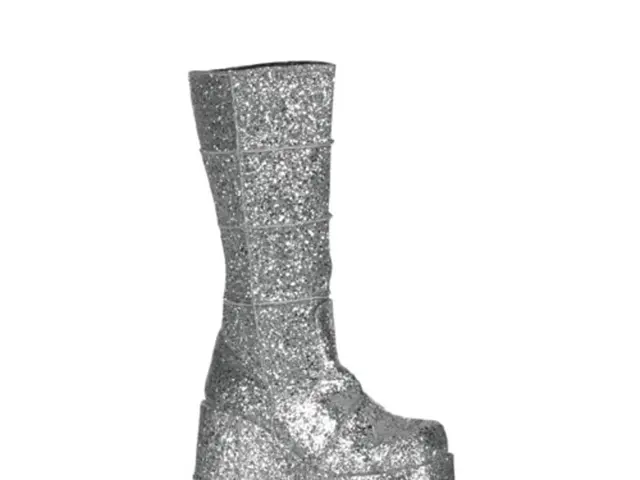Exploring Underwater Photography: Using dSLR Cameras with Submersible Housings for Shore Diving
For those passionate about underwater photography and seeking a hands-free approach with their DSLR rig, this article offers valuable insights into rigging a hands-free setup using Ikelite housings, along with essential tips for shore diving with such equipment.
**Rigging a Hands-Free DSLR Setup with Ikelite Housing**
1. **Ikelite Housing Attachment:** - Ikelite underwater housings, popular for DSLRs, offer exceptional waterproof protection and full access to camera controls. - The housing secures the DSLR inside via an internal frame. - For hands-free use, Ikelite housings feature several attachment points for accessories such as trays, arms, handles, and strobes. - Use a tray and handle system that clips onto the housing, stabilising the camera and providing mounting points for lights and grips. - Attach your rig securely to your diving gear using clip mounts or adjustable harnesses designed for underwater use. - The housing generally features a durable port for the lens; selecting the correct port (dome or flat) based on the lens type is crucial for image quality.
2. **Hands-Free Options:** - Common hands-free solutions involve attaching the camera rig to a chest or head mount, or using a wrist strap connected to a buoyant handle. - Use of an adjustable arm system with clamps allows positioning the camera away from the body, enabling easier control and framing without holding it. - Some divers prefer a tray with handles that can be strapped or clipped to their gear, enabling a hands-free carry but with quick access to the camera controls.
3. **Lighting:** - Since underwater photography requires additional lighting, attach video lights or strobes to the tray or arms. - Ikelite supports multiple lighting arms and their universal clamps for flexible positioning.
**Tips for Shore Diving with a DSLR Rig**
- **Plan Your Entry/Exit:** - Shore diving often involves walks over rocks or uneven terrain. Use a streamlined rig to avoid snagging. - Consider a compact tray and handle system rather than large setups for easier mobility. - Carry the rig in a protective bag until entering the water to prevent damage or scratching.
- **Stability and Buoyancy:** - Use buoyancy arms or floats attached to the rig to neutralize weight underwater, making the rig easier to handle without hand fatigue. - Adjust your weights and buoyancy compensator device (BCD) carefully to accommodate the extra gear.
- **Camera Settings and Preparation:** - Set your camera to manual mode to have full control over aperture, shutter speed, and ISO since underwater light varies by depth and clarity. - Practice adjusting settings quickly, and consider a pre-dive checklist for camera settings. - Familiarise yourself with the housing buttons and dials before the dive to avoid fumbling underwater.
- **Safety and Handling:** - Use wrist straps or quick-release clips to secure the camera rig to you, preventing loss if dropped. - Rinse your rig with fresh water immediately after the dive to prevent salt corrosion. - Shore dives often have variable visibility, so plan shots accordingly and use lights effectively to bring out colours.
**Summary Table**
| Aspect | Recommendation | |--------------------------|--------------------------------------------------------------| | Ikelite Housing Usage | Secure DSLR inside housing; use trays, handles, and arms | | Hands-Free Setup | Chest/head mounts, wrist straps with buoyant handles, or clamp arms | | Lighting Attachment | Attach strobes or video lights via arms/clamps | | Shore Diving Tips | Compact rig, protective bag, buoyancy adjustment, wrist straps | | Camera Settings | Use manual mode; pre-set for underwater conditions |
While the article does not specifically detail Ikelite housing attachment steps or DSLR-specific setups underwater, these best practices are well-established among underwater photographers. For hands-free setups, using trays and arms with clips or harness systems is common, and shore diving calls for mobility and rig protection to navigate rocky entries effectively.
For further reading, the article provides links for choosing dive equipment, making a rope handle for underwater housing, and capturing marine life behaviour. The female clips are attached to the writer's chest D-rings via stainless steel bolt snaps. Shore diving with a full DSLR rig is challenging compared to basic scuba gear, and the lower ring serves as a connection point for a lanyard attached to a D-ring on the writer's right hip. The writer's rig includes a side view of the two connection points: the D-ring made of iron element, and the strobe arm ball.
- Utilize the attachment points on Ikelite housings to affix trays, arms, handles, and strobes, ensuring a hands-free approach with your compact DSLR.
- For fist-free control and easier framing, consider an adjustable arm system with clamps to position the camera away from the body.
- When equipment is fastened, delve into the realm of underwater photography travel, embracing the challenges of capturing vibrant bluewater wildlife and historic wreck images.
- Ensure stability and buoyancy by equipping the rig with buoyancy arms or floats for effortless handling underwater, and diligently adjust your weights and BCD to accommodate additional gear.
- Hone your technical skills for the perfect shot – set your DSLR to manual mode to have full control over aperture, shutter speed, and ISO; practice swiftly adjusting settings; and tailor pre-dive checklists for camera settings.
- As you embark on your underwater expedition, be guided by safety precautions such as using wrist straps or quick-release clips to secure the camera rig to you and rinsing your gear with fresh water to prevent salt corrosion.
- To expand your knowledge, explore the functionality of various gadgets and sports technology associated with underwater diving and photography, and study the behavior patterns of marine life to capture breathtaking images.







